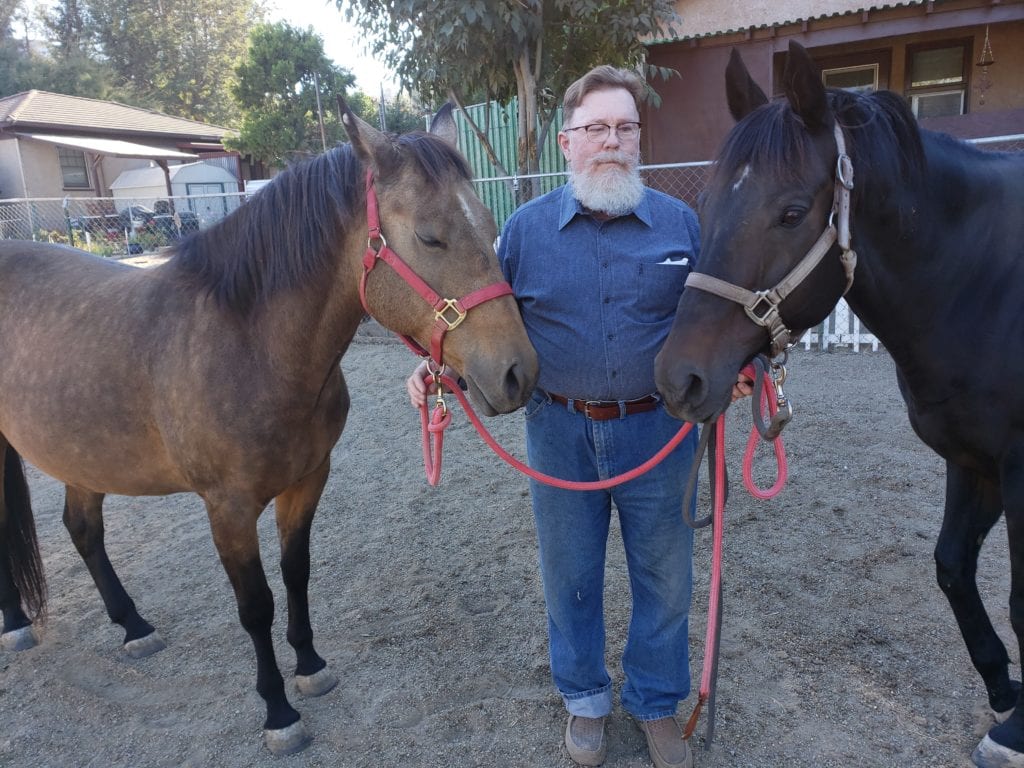How Horses Demonstrate Empathy
Empathy is defined as the ability to understand and share the feelings of another. Horses are sensitive, feeling-oriented prey animals. Because of this, their survival depends on their ability to sense any incongruence in their environment. As herd animals, horses can sense and assimilate to the feelings of other horses and people.
Equine Assisted Therapy and Empathy
One of the reasons that Equine Assisted Therapy is so effective is because horses can demonstrate empathy. Compelled by their strong survival instincts, horses make non-intellectual bonds and communicate empathically with other intelligent beings. They do this instinctively rather than intellectually or intentionally. Both horses and humans rely on their emotional/experiential brain to understand the world around them and empathize. If you approach a horse while you are angry, a horse will react, becoming irritated and stubborn. If you are emotionally distraught, a horse will sense it and feel distraught. There are no hiding your feelings around horses.
The Difference Between Us and Horses
Unlike humans, horses have neither intellect nor self-recognition. Humans are primarily intellectual beings. We are able to tell ourselves, in language of thought, what our emotional/experiential brain is feeling. Horses have the experience and emotions yet cannot articulate their feelings through thought, but through empathy.
Another difference is that horses do not have self-recognition.
“Animals with self-recognition will look at the mirror image and then touch the mark on their own face, but those without self-recognition will touch the mark on the mirror image or react to the image in some other way.” – Robin Foster, PhD, CHBC, Cert. AAB, IAABC
Bringing Us Back Together
Horses learn almost immediately from the experiences of others. If one horse in a herd is shocked by an electric fence, the other horses avoid that fence by staying away. If other horses arrive that did not witness the shocking event, they do not get near the fence either–the powerful nonverbal communication from the rest of the herd is sufficient warning. This form of empathy is a strong survival instinct of being part of a herd.
This non-intellectual communication is not ESP. The horses “read” the body language, sounds and smells of the other horses using their experiential/emotional brain with great accuracy. The intellectual aspect of the horse/human communication is first experienced as empathy, and then the human’s intellect interprets that. Hence, the utilization of horses in experiential projective identification work by therapists is very powerful.
Just as the horse that was not a witness to the electric shock learns empathically from the others, horses know what humans have experienced and how they felt. As a result, if healing is required to return a traumatized individual to a fully functioning part of the herd survival process, horses provide that.
Understanding how horses use empathy without intellect enables humans to benefit from powerful healing and to become a fully engaged part of the herd.





































